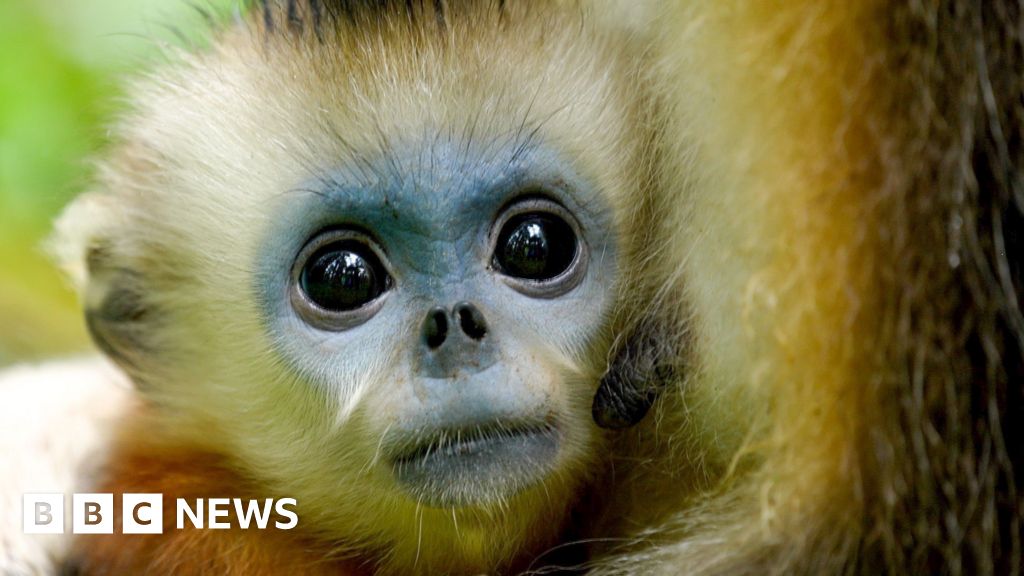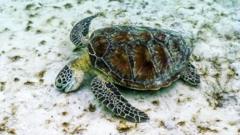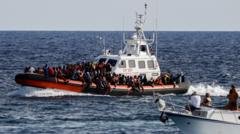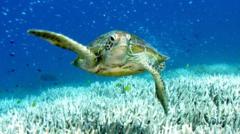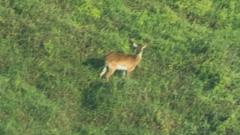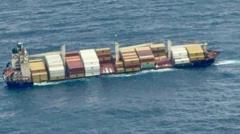In recent months, Albania's Adriatic coast has drawn significant attention as a burgeoning destination for luxury tourism. This shift has been fueled by two high-profile proposals involving Jared Kushner and a new international airport project promoted by the Albanian government. However, these developments have sparked debates about their potential impact on the region's rich biodiversity, bringing to light the essential balance between economic growth and environmental conservation.
The Narta lagoon, a notable site witnessing the intersection of these tourism strategies, is renowned for its vibrant ecosystem and avian inhabitants, including the endangered Dalmatian pelican. This unique habitat is an essential link in maintaining the broader health of the Vjosa River delta, home to diverse wildlife and lush vegetation. Notably, legislators from the Council of Europe’s Convention on the Conservation of European Wildlife have voiced strong opposition, urging for the halt of construction efforts that threaten the area’s ecological integrity.
Visitors to the region, like naturalist Julian Hoffman, emphasize the significance of preserving such places. The lagoon and delta not only provide a sanctuary for numerous species but also embody Albania's natural beauty and its potential as a sustainable tourism hot spot. Yet, as construction progresses amid scrutiny from environmental NGOs, many locals and advocates fear the implications of prioritizing rapid development over ecological preservation.
As debates continue, the future of luxury tourism on Albania’s Adriatic coast remains a contentious issue. The dichotomy between economic aspirations and environmental stewardship is at the forefront of discussions about sustainable development in regions prized for their biodiversity. How these initiatives unfold will set a precedent for tourism practices in vulnerable ecosystems worldwide.
The Narta lagoon, a notable site witnessing the intersection of these tourism strategies, is renowned for its vibrant ecosystem and avian inhabitants, including the endangered Dalmatian pelican. This unique habitat is an essential link in maintaining the broader health of the Vjosa River delta, home to diverse wildlife and lush vegetation. Notably, legislators from the Council of Europe’s Convention on the Conservation of European Wildlife have voiced strong opposition, urging for the halt of construction efforts that threaten the area’s ecological integrity.
Visitors to the region, like naturalist Julian Hoffman, emphasize the significance of preserving such places. The lagoon and delta not only provide a sanctuary for numerous species but also embody Albania's natural beauty and its potential as a sustainable tourism hot spot. Yet, as construction progresses amid scrutiny from environmental NGOs, many locals and advocates fear the implications of prioritizing rapid development over ecological preservation.
As debates continue, the future of luxury tourism on Albania’s Adriatic coast remains a contentious issue. The dichotomy between economic aspirations and environmental stewardship is at the forefront of discussions about sustainable development in regions prized for their biodiversity. How these initiatives unfold will set a precedent for tourism practices in vulnerable ecosystems worldwide.



